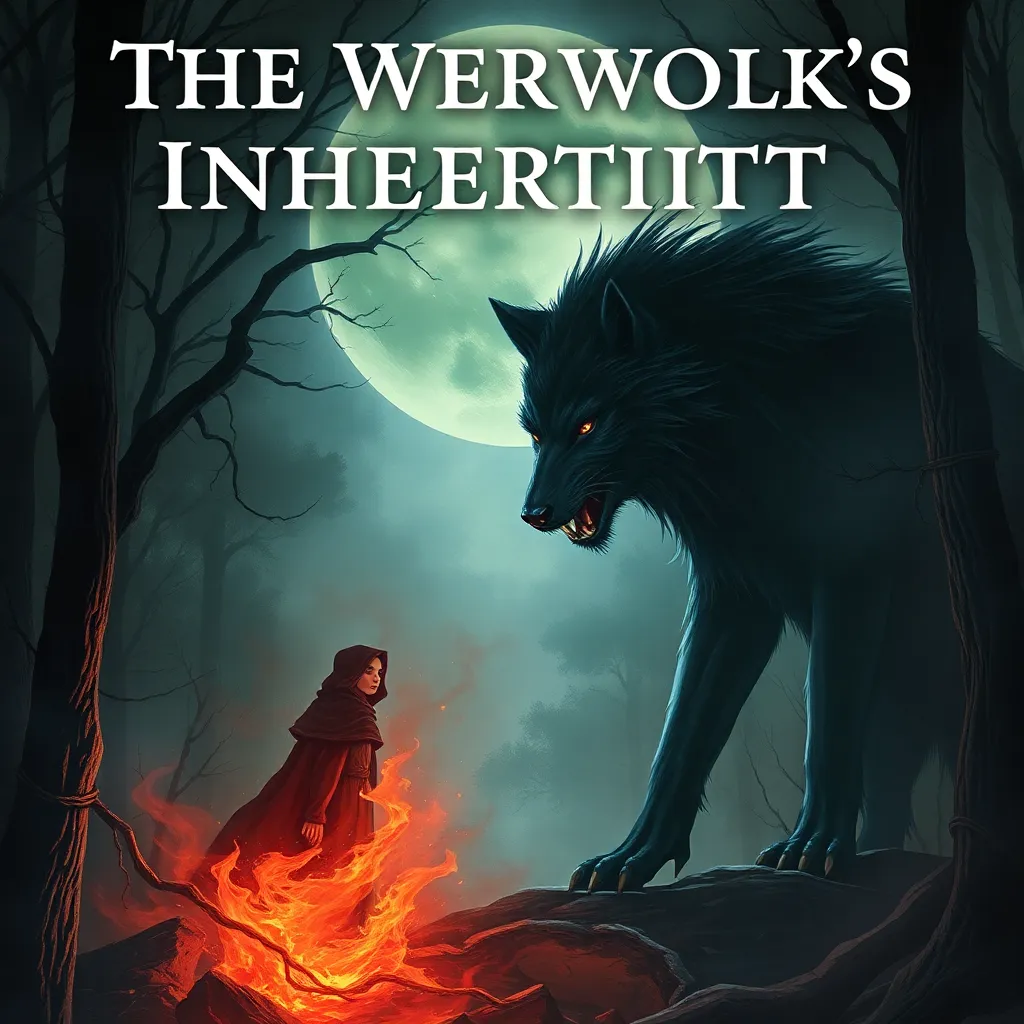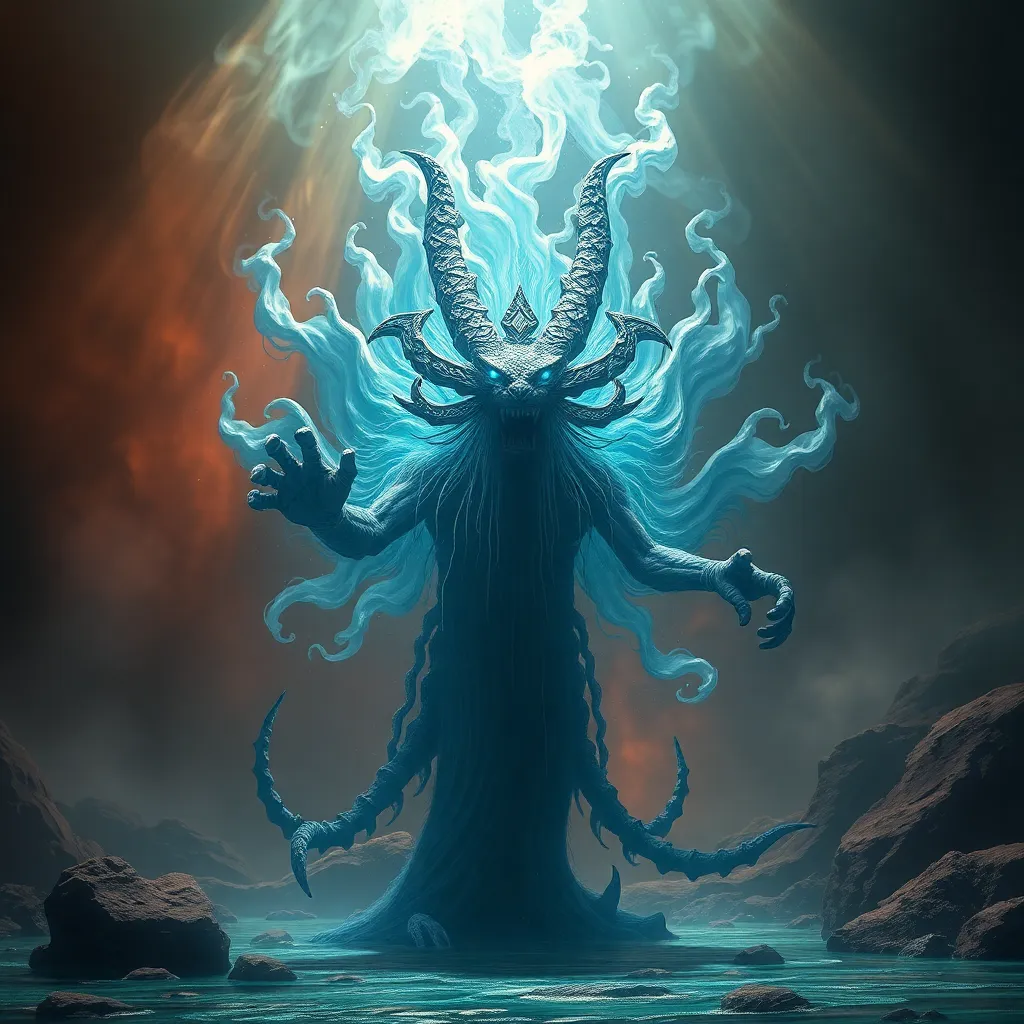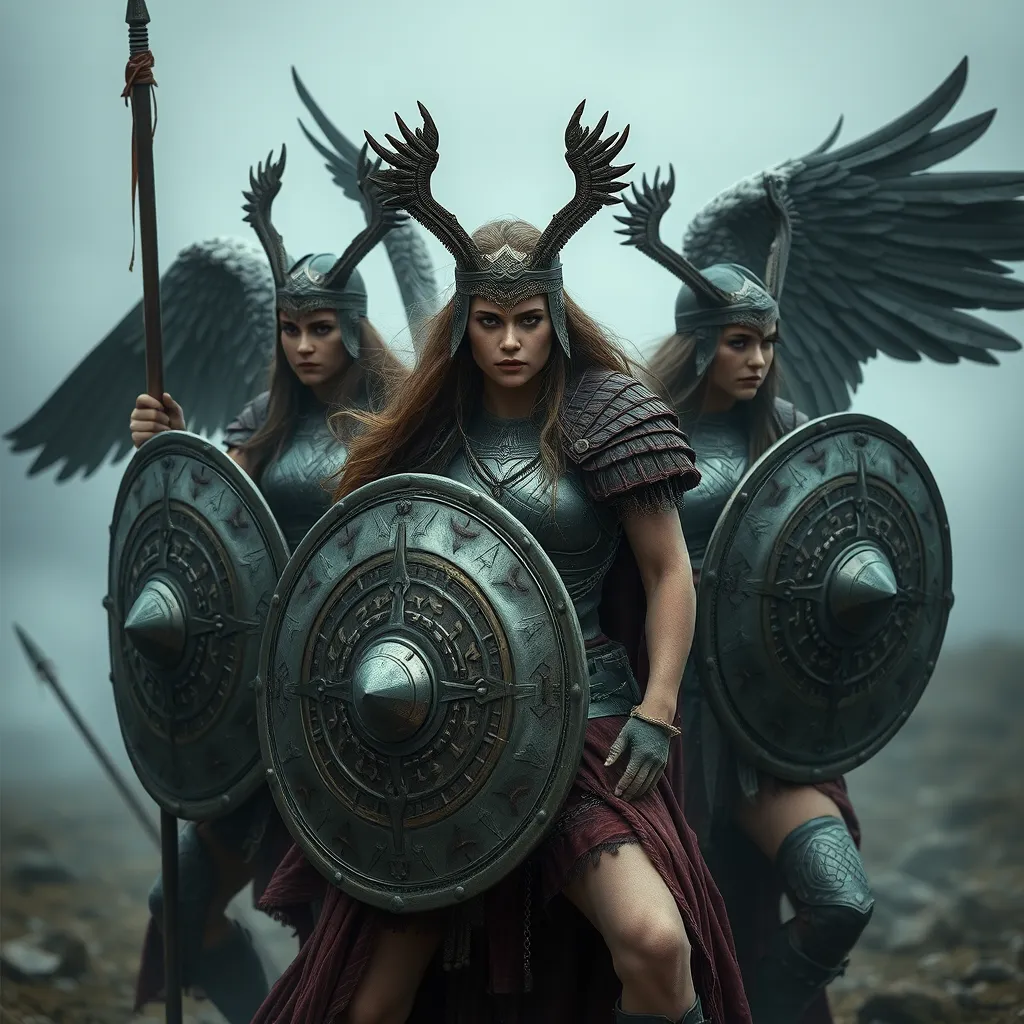The Werewolf’s Inheritance: Examining the Role of Family and Legacy in Werewolf Tales
I. Introduction
Werewolf mythology has captivated the human imagination for centuries, blending elements of horror, fantasy, and folklore. Stories of humans transforming into wolves and back again often reflect deeper themes of identity, morality, and the primal instincts that lie within. Among these themes, family and legacy play a crucial role in shaping narratives, influencing character motivations, and exploring societal norms.
This article delves into the intricate relationship between werewolves and their familial ties, examining how legacy and inheritance shape the stories we tell about these mythical creatures. By exploring historical contexts, common themes, and notable characters, we will uncover the significance of family in werewolf tales and its relevance in modern interpretations.
II. Historical Context of Werewolf Legends
A. Origins of werewolf myths across cultures
The origins of werewolf myths can be traced back to various cultures around the world. From the Greek myth of Lycaon, who was transformed into a wolf as punishment from Zeus, to the Norse tales of the Berserkers, warriors who donned the skins of wolves, the concept of humans taking on animalistic traits has ancient roots. In many cultures, these transformations symbolized a connection to nature and the animalistic side of humanity.
B. The evolution of werewolf tales over time
As societies evolved, so did the portrayal of werewolves. During the Middle Ages, werewolf trials became prevalent in Europe, paralleling witch hunts. The werewolf became a symbol of fear, often associated with the unknown and the monstrous. In contrast, the Romantic era introduced more nuanced portrayals, emphasizing the tragic and emotional aspects of the werewolf’s existence.
C. How family ties influenced early narratives
In early narratives, familial relationships significantly influenced the stories. Werewolves often grappled with their human identities while navigating familial expectations. This struggle often led to conflicts that highlighted the importance of family bonds, responsibilities, and legacies.
III. The Familial Bonds in Werewolf Stories
A. Common themes of family connections
Family connections in werewolf stories often revolve around themes of loyalty, betrayal, and the burden of legacy. These narratives frequently explore how familial ties can both empower and constrain individuals.
B. The portrayal of parental figures and their influence
Parental figures play a pivotal role in werewolf tales, influencing the development of their offspring’s identities. In many stories, the father figure might embody the curse of lycanthropy, passing it down to the next generation, while the mother may represent nurturing or protective qualities that either mitigate or intensify the curse’s effects.
C. Sibling relationships and rivalries in werewolf lore
Sibling dynamics are also prevalent in werewolf folklore. Rivalries can emerge as siblings vie for acceptance or struggle with the implications of their shared legacy. These relationships often serve as a microcosm of broader familial themes, highlighting the complexities of love, jealousy, and competition.
IV. The Concept of Inheritance in Werewolf Tales
A. Genetic legacies: The curse versus the blessing
In werewolf narratives, inheritance often manifests as a genetic legacy. The transformation can be viewed as both a curse and a blessing, depending on the character’s perspective. For some, the werewolf state grants heightened abilities and instincts, while for others, it represents a loss of control and humanity.
B. Cultural implications of inheriting werewolf traits
Cultural contexts play a significant role in how werewolf traits are perceived. In some cultures, being a werewolf might be seen as a rite of passage or a mark of honor, while in others, it is viewed as a source of shame and stigma. These differing viewpoints shape how characters navigate their identities and familial legacies.
C. The role of family in shaping a werewolf’s identity
The family unit is crucial in shaping a werewolf’s identity. Family expectations can lead to internal conflicts, influencing how characters express their wolfish nature. The struggle between conforming to family values and embracing one’s primal instincts often drives the narrative forward.
V. Legacy and Transformation: The Duality of Werewolf Existence
A. The struggle between human and wolf identities
The duality of existence as both human and wolf creates a rich tapestry of conflict within werewolf characters. This struggle is often depicted as a battle between civilization and savagery, reflecting the internal and external pressures that come from family and society.
B. How family legacies influence transformations
Family legacies significantly influence how transformations are perceived and experienced by werewolves. The expectations placed upon them by their kin can either exacerbate their struggles or provide a sense of belonging and purpose. This dynamic is crucial in understanding the complexities of their transformations.
C. The impact of societal expectations on werewolf behavior
Societal norms and expectations often shape the behavior of werewolves, especially in relation to their families. The pressure to conform can lead to tragic outcomes, as characters grapple with their dual identities while trying to maintain familial bonds.
VI. Case Studies: Notable Werewolf Characters and Their Families
A. Analysis of iconic werewolf figures in literature and film
Throughout literature and film, numerous werewolf characters exemplify the themes of family and legacy. Notable examples include:
- David Kessler</ from "An American Werewolf in London": A character who struggles with the legacy of his transformation and the impact on his loved ones.
- Jacob Black</ from "Twilight": A character torn between his loyalty to his pack and his feelings for his human love interest, illustrating sibling rivalry and familial expectations.
- Remus Lupin</ from "Harry Potter": A character who navigates the stigma of being a werewolf while reflecting on the influence of his family and friendships.
B. Exploration of their family dynamics and legacies
Each of these characters showcases different familial dynamics, from acceptance and understanding to conflict and rejection. Their stories often mirror the larger narrative of werewolves as figures caught between two worlds, struggling to reconcile their identities with their familial responsibilities.
C. Comparisons of different portrayals across media
Comparing these portrayals reveals how different media adapt the themes of family and legacy in werewolf narratives. While some emphasize the horror and tragedy of the curse, others explore themes of acceptance, love, and redemption.
VII. The Modern Interpretation of Werewolf Legacy
A. Contemporary narratives and their departure from tradition
In modern storytelling, werewolf narratives have evolved to reflect contemporary societal issues, including identity politics, mental health, and the complexities of family dynamics. Many modern werewolves are portrayed as sympathetic characters grappling with their dual identities.
B. The influence of modern family structures on werewolf stories
Contemporary stories often reflect diverse family structures, including blended families, single-parent households, and LGBTQ+ families. These representations enrich the narrative landscape of werewolf tales, allowing for more inclusive explorations of legacy and identity.
C. Representations of diversity in werewolf legacies
Modern interpretations also embrace diversity in werewolf legacies, showcasing characters from various cultural backgrounds and experiences. This shift allows for a broader understanding of what it means to inherit the werewolf curse, highlighting unique struggles and triumphs.
VIII. Conclusion
In conclusion, the exploration of family and legacy in werewolf tales reveals a rich tapestry of emotional depth and complexity. From historical contexts to modern interpretations, the role of familial bonds is pivotal in shaping the narratives surrounding werewolves. These stories resonate with audiences as they navigate their own familial relationships and legacies.
The enduring appeal of werewolf tales lies in their ability to explore the duality of human nature, the struggle for identity, and the impact of family. As we move forward, the future of werewolf narratives promises to continue this exploration, embracing new themes and perspectives that reflect the evolving nature of family and legacy.



